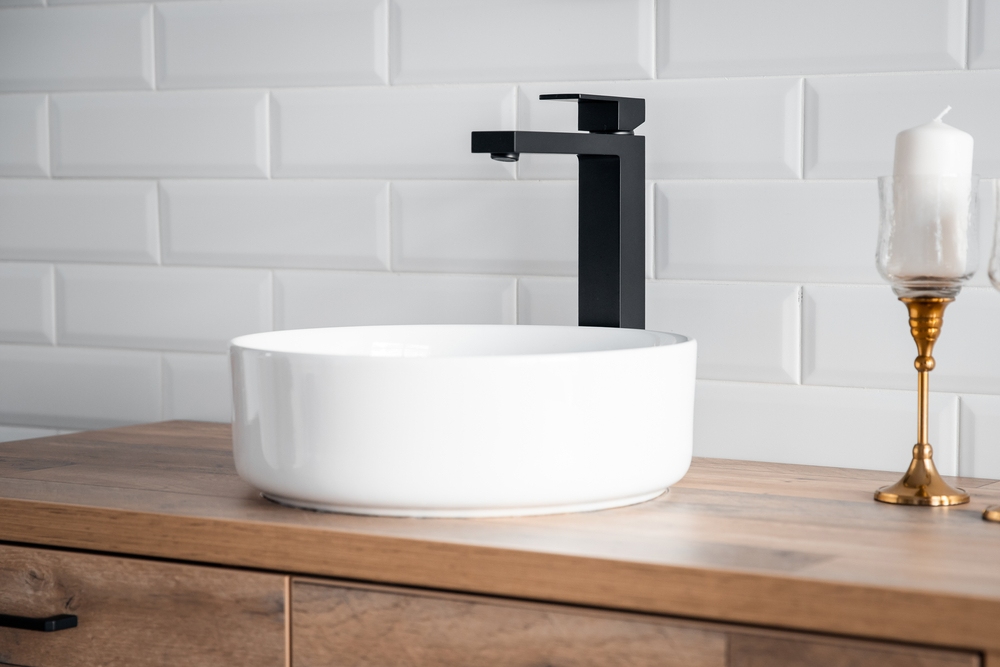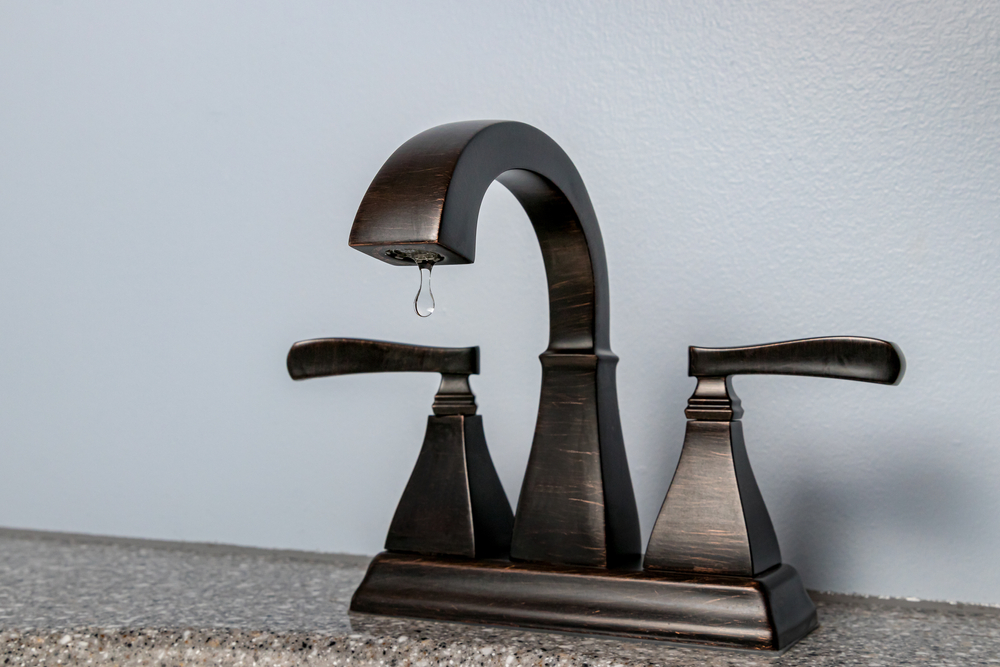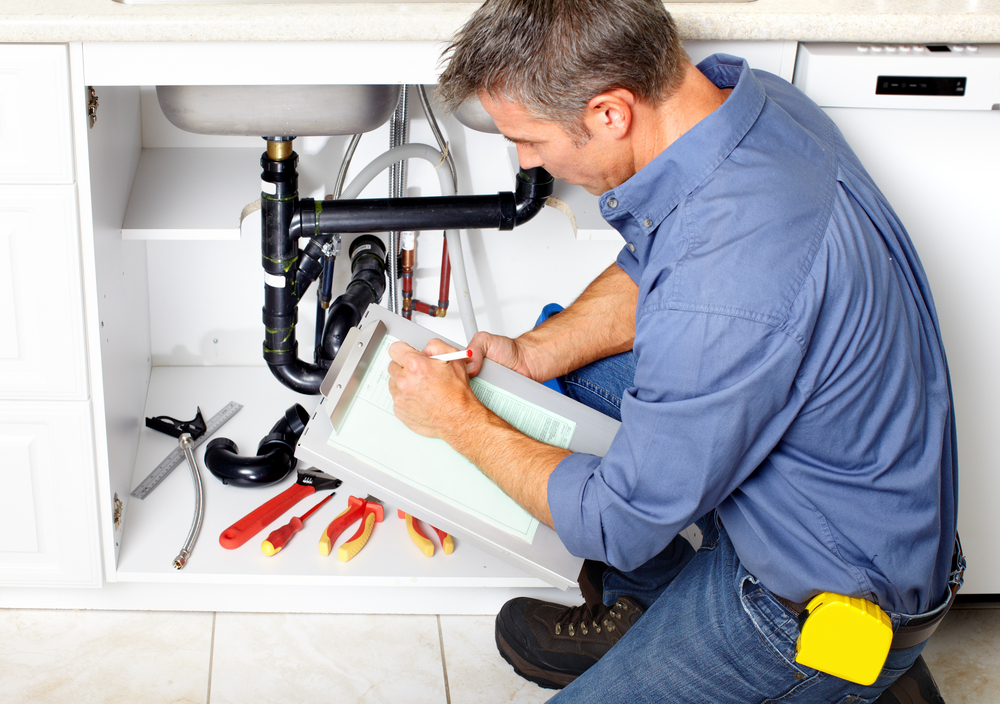
Thinking about installing a new faucet in your bathroom, kitchen, or basement? It may be beneficial to become familiar with the various types of faucets. Modern-day faucets come in different sizes, types, and finishes. When choosing a faucet, you should consider how it will function in your home. Some homeowners get bogged down in matching their faucet to the rest of their kitchen or bathroom. However, functionality should always be top of mind.
Take a few minutes to check out the most common type of faucets around today to find the best one for you.
Most Common Types of Faucets
There is a near-endless variety of faucets out there that can meet the look or style you’re going for. However, they all boil down to four main types. Explore each to help you make the best decision for your home.
1. Ball Faucets
As the name suggests, ball faucets feature a single handle with a ball-shaped cap on their top. You can control the water temperature and flow of water by moving the handle. Like most faucets, ball faucets use several parts like O-rings, spring-loaded rubber seals, and slots.
Due to the number of parts in a ball faucet, they typically require more maintenance or repairs to keep them operational. Another drawback is that they are prone to leaking. If you plan on installing a ball faucet in your home, ensure you’re ready to monitor it regularly for defects or malfunctions. When repairs are needed, just call our team of licensed plumbers at (630) 968-0783 to receive assistance.
2. Disc Faucets
If you’re looking for a reliable faucet with modern technology, turn to the disc faucet. These are easily identified by their single-lever control along with their wide cylindrical body. This type of faucet controls water temperature with the help of two ceramic discs near the bottom of the chamber. It's there that hot and cold water mix, which you can adjust by moving the control lever from side to side.
A disc faucet does not require much maintenance. However, when it does need repair, things can get tricky. This is why it’s essential to have a plumber you trust. A professional will know how to handle repairs and get your faucet back in working order.

3. Cartridge Faucets
The last two faucet types on this list are quite similar in appearance, yet they have unique functions. Cartridge faucets have a consistently smooth feel across the twisting axis. Turning the faucet fully on only requires a half-turn, and then turns back off again without any added pressure or effort.
Cartridge faucet types usually feature a lever-style handle, making them easy to grasp and turn. You can also expect fewer issues with cartridge faucets, especially when compared to compression faucets. Of course, if problems ever do arise, you can rely on your local plumbing experts at Stephens Plumbing for assistance.
4. Compression Faucets
Featuring a double handle (one for hot and one for cold), compression faucets typically feel less pressurized when turning on, yet more pressurized when turning off. Although a little confusing, the reason for it is due to a screw that pushes against a rubber washer, which forms a seal to shut off the water flow. These are the best types of kitchen faucets.
If you’re looking for a basic, affordable faucet to install, compression faucets might be your solution. Although you should know, you get what you pay for. This type of faucet is prone to issues and wear out quickly. Call Stephens Plumbing if you’re experiencing issues with your compression faucet.

Need Help Installing Your New Faucet? Call Stephens Plumbing
Ready to install a new faucet in your home? Our team of expert plumbers offer faucet installation and repair services for homeowners in Downers Grove, IL and other locations. In addition, our technicians offer other types of plumbing services such as water heater repair, sewer line replacement, sump pump repair, and water line installation. Give us a call at (630) 968-0783 or contact us online.

